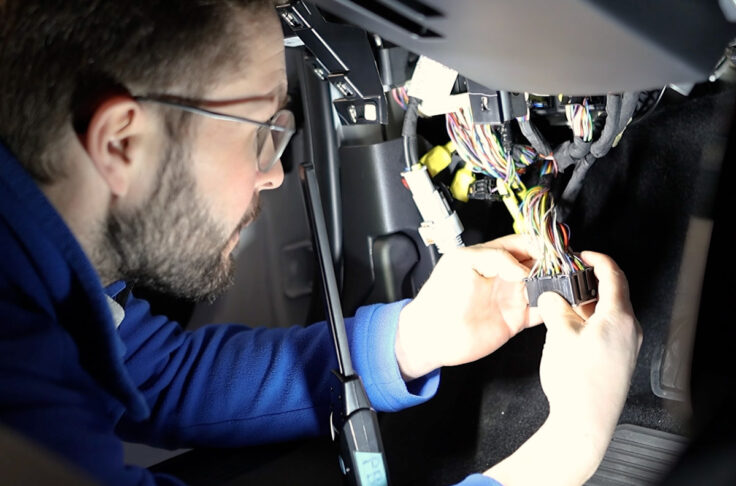Shifting the Conversation Towards Mobility
Summary
Fleet managers running corporate fleets should begin thinking about their role as managing mobility, not assets. In other words, looking at how to efficiently get people moving to their destinations, not the car. From conducting mobility audits to launching a pilot program, mobility can be a larger part of fleet management.
This article was originally published in Fleet Management Weekly, written by INVERS.

What a fleet manager does has changed over the years. In any corporate, government, or public sector environment, a fleet manager is generally responsible for overseeing the organization’s fleet of vehicles. At the end of the day though, the responsibilities of a fleet manager is to make sure employees can get to where they need to go and transport the tools they need to get their job done.
As a result, fleet managers have begun re-shifting their focus from not just asset management, but people management as well. When you combine these two aspects, you end up with a focus on providing the right mobility options for your company’s employees.
Mobility management is what fleet managers need to adapt in their day-to-day duties. While this doesn’t require learning a completely new skillset, it does require being open to change. With mobility management, the focus is on the people, not on the vehicle.
For example, if an employee needs to travel across town to do a site visit, the concern shouldn’t be about making sure the vehicle is fuelled up. Instead, the priority is identifying the most convenient mode of transportation to get there, from the employee’s perspective. The mode may be a company car, but it could also be ride-hailing so the employee can go straight home afterwards.
What does this end up meaning for organizations? By putting employees first, this signals to employees that their best interests are being considered, instead of just following grandfathered policies and procedures. Secondly, this means having more flexibility. Instead of needing to take the pick-up truck to a conference because all the sedans were booked, the employee could instead choose from a local carsharing service, the company’s automated motor pool, or even choose to use a ride-pooling service.
Mobility is important because that’s the direction the consumer space is going towards. Relying on just one mode of transportation, which is usually the private or assigned company vehicle, no longer has to be the only choice. With new mobility services present in both urban and suburban cities, people are beginning to realize the endless benefits of having options on getting around.
Whether or not your organization has shifted the focus towards mobility, here are 5 ways you can start making a difference:
- Learn from other fleet managers – In order to better understand what are realistic changes you can implement, it’s best to talk to similar organizations to see what has and hasn’t worked for them
- Conduct a mobility needs audit – Hear from employees on what they need or prefer, and what they are missing from the current arrangement. This will allow fleet managers to understand what employees want, and better figure out what bundle of mobility solutions to provide
- Read about the mobility space – There are numerous places you can learn more about mobility, and give you inspiration on how it can be implemented in your organization. Gaining more knowledge into this growing space will help you decide what is best for your fleet and organization
- Develop a pilot program – Taking in all the insights gained from completing the above, it’s time to take action. The best way to start bringing about change is with a pilot program, and phasing in key steps. This could involve selecting a small group of test users to track their journeys and needs, or it can be a scaled down version of your ultimate end goal
- Identify and track key metrics – Anecdotal observations are great to get a general idea of how receptive (or not) people are of the mobility options offered. However, it’s the numbers that communicate the truth on people’s usage. Figuring out how you will measure success is key to being strategic in the shift towards mobility
New mobility options are changing the way people choose to get around, and that applies in the corporate environment at work and for personal use as well. Fleet managers need to adopt to people’s evolving preferences and offer the mobility options that are convenient and easy to use. While the mobility options to choose from may seem overwhelming, be reassured that the flexibility you are providing to employees will be a win-win for the organization and the fleet.


